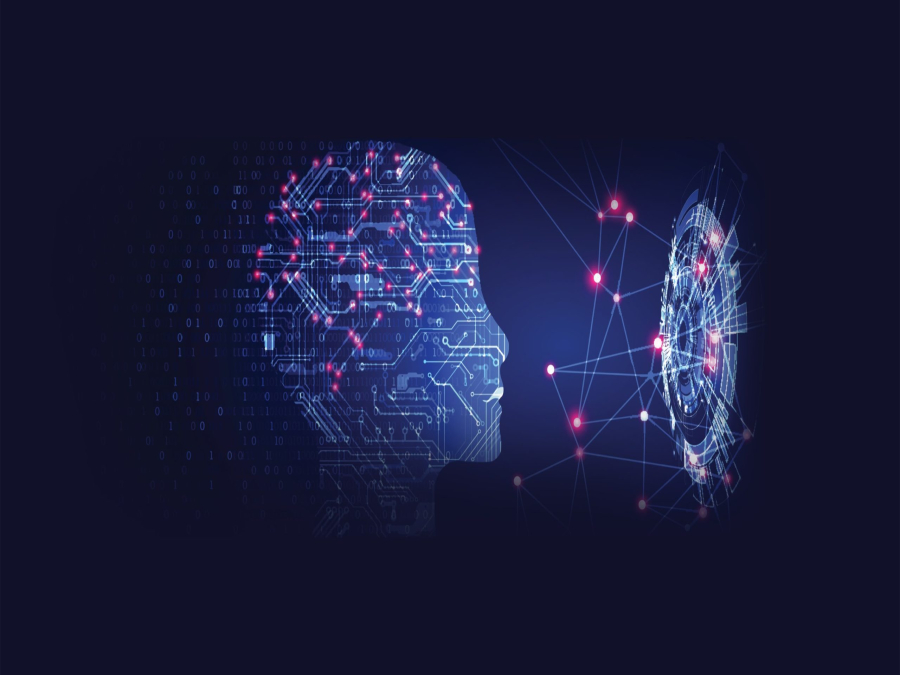Discovering the Potential of Generative AI: Explainable AI
Generative AI is an AI system that can generate many sorts of material, such as text, picture, audio, and artificially created information. Generative AI depends significantly on deep learning design principles, specifically neural networks with multiple layers, to analyze vast volumes of data and retrieve the necessary data for content creation. Generative AI models undergo training using massive databases of existing material, such as books for text production or images for image creation. During training, the model learns to detect patterns and correlations in the data. It also learns to predict the next piece in a series, which is important for creating new material. Once trained, the model may be asked to generate new material. The suggestion can be a basic beginning point, like a few words for a novel, or a more thorough description of a specific image.
In an era that is rapidly fascinated and revolutionized by artificial intelligence, the contributions of generative artificial intelligence and Explainable Artificial Intelligence have become critical. However, their full potential is realized only when these two strong forces collide. We intend to investigate this critical relationship, delving into how Explainable AI’s transparency and comprehension are essential for harnessing Generative AI’s creative capacity. Today, AI systems and machine learning algorithms are widely used in a variety of fields. Data is utilized practically everywhere to solve issues and assist people. That is the key to success and advancement in the deep learning field.
In this blog, we wish to explore both interesting parts of AI, illustrating how Explainable AI not only supports but greatly strengthens Generative AI. When we go through the layers of AI’s innovative and explaining powers, we wish to give insights into why this combination is critical for the long-term and ethical advancement of AI technology.
Exploring Explainable AI
Explainable artificial intelligence (XAI) involves methodologies and strategies that help people comprehend and believe machine learning algorithms’ findings and outcomes. Unlike regular AI models, where decision-making can become inaccessible and hard to understand, XAI prioritizes openness and understandability. This method enables those who use it to recognize and belief the judgements created using AI schemes.
Relevance in the AI industry
Faith and dependability: In vital industries including as healthcare, banking, and law, knowing how AI makes decisions is critical to trust and dependability. XAI seeks to close the distance among AI abilities and perception by humans.
Compliance and Regulation: As AI gets more integrated into social infrastructures, it becomes increasingly important to follow legislation and standards such as GDPR, which includes the right to explanation. XAI helps satisfy these regulatory standards by offering clear visibility into AI judgements.
Bias Identification and Prevention: XAI is crucial in recognizing and minimizing biases in AI systems. By creating the decision-making process public, inherent biases in data and models may be identified and corrected.
Methods and Approaches
Model Interpretability: This refers to constructing AI models so that their core mechanics are intrinsically intelligible. Simpler models, such as decision trees or linear regression, lend themselves to this method.
Post-hoc Explanation: Post-hoc approaches give explanations after a more complicated model, such as neural networks, has made a choice. This might include tools like as LIME (Local Interpretable Model-agnostic Explanations) and SHAP (SHapley Additive Explanations), which aid in breaking down and showing how a model arrived at a certain result.
Visualization Tools: Visualization is an effective tool for XAI, enabling a more intuitive grasp of complicated AI processes. This comprises heat maps, graphs, and other visual aids that depict the characteristics that influence AI choices.
The relationship between Generative and Explainable AI
As the areas of Generative AI and Explainable AI (XAI) progress, integration is not only helpful, but also required. Generative AI expands the bounds of AI creativity and innovation, whereas XAI guarantees that these breakthroughs are clear and intelligible. This symbiotic connection is critical for realizing the full potential of AI technology in a responsible and ethical manner.
Barriers and Upcoming Plans
Managing Efficiency and openness: One of the ongoing issues is striking a balance between Generative AI models’ high performance and the requirement for openness and explanation. Striking this balance is critical for broad acceptance and ethical usage of AI.
Creating Guidelines and Principles: There is an increasing demand for standardized frameworks and norms that govern the integration of XAI into Generative AI apps. This will enable a uniform approach to openness and explainability across all AI applications.
The relationship between Generative and Explainable AI is an important feature of current AI development. This synergy is essential for advancing AI technology in a way that is innovative, trustworthy, and consistent with human values and ethical norms. As these domains expand, their integration will become a key point on the path to responsible and sophisticated AI systems.
Source:
- https://www.gartner.com/en/topics/generative-ai
- https://medium.com/@paularamos_5416/generative-ai-and-explainable-ai-with-openvino-2b5f8e4e720b
- https://www.bitsathy.ac.in/ai-for-all-unleashing-innovation-with-generative-ai/

